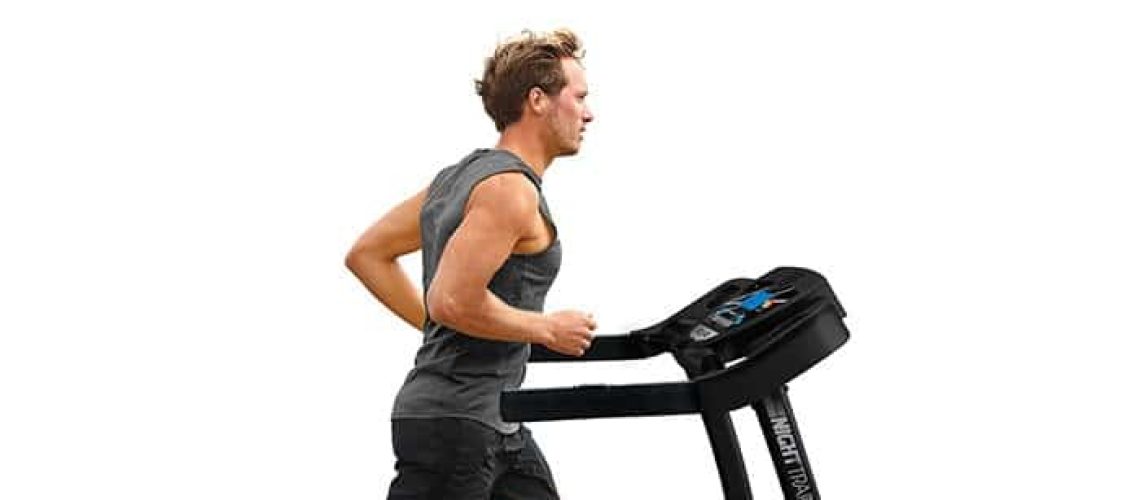

Jolene Southey
Avoid injury on the treadmill
More than one in three gym-equipment injuries are on a treadmill. These are usually shin splints, stress fractures and runner’s knee but falling also accounts for its fair share of injuries. The first advice is to use the clip attached to the treadmill that will shut it down if you are too far away from the control panel. If you do fall then the machine should immediately shut down reducing the chance of injury. With this in place, there are some other ways of also reducing the likelihood of injury while using your treadmill.
Prevention is key.
Avoid a flat setting on the treadmill incline as it is not good for the feet or legs. Maintaining a good posture with a natural position that avoids overextending joints will improve muscle conditioning and reduce the chance of strain injury. Studies show that a 1% incline simulates outdoor running and reflects a similar energy output. A cushioned treadmill belt can also be more forgiving than running on the hard pavement outside.
Rotating your body as you run can reduce the impact of your feet hitting the treadmill belt. Let your hip be pulled back with your leg to set up a pelvis rotation allowing your body to better absorb the impact force.
Avoid over-doing it. Enthusiasm to lose weight or tone up along with ego pushing you further and faster than your body is ready for can lead to injury. Running on a treadmill is different to outdoor running as the machine provides a consistent and straight run leading to running beyond normal capabilities.
Invest in good shoes. Get your running shoes fitted to help prevent foot injury and help absorb the impact of running. Replace them as they wear and consider quality of your shoes as an investment into your health.
Support and strength train to improve your ankles if you intend to use the incline on the treadmill to simulate uphill walking and running. If you do not prepare properly extended period of incline walking and running can over-flex the ankles and cause pain and injury.
Start with a 5 to 10 minute warm up to increase muscle flexibility and blood flow. You should also use the last 10% of your treadmill time slowing down the pace to cool down and reduce the effect of your muscles tightening as the activity stops. Not warming up and cooling down leads to most treadmill related injuries and is a must if you want to reduce the chance of injury while using your treadmill.
